Optimal Timing for Waterproofing
Waterproofing is a critical component in protecting structures from water intrusion, which can lead to structural damage, mold growth, and other issues. The timing of waterproofing applications can significantly influence their effectiveness and longevity. Proper scheduling ensures optimal adhesion, curing, and performance of waterproofing materials, reducing the need for costly repairs in the future.
Ideal for waterproofing projects due to moderate temperatures and lower humidity levels. These conditions promote proper curing and adhesion of waterproofing membranes.
Periods with minimal rainfall are preferred to prevent water exposure during application, ensuring the integrity of the waterproofing layer.
Applying waterproofing prior to seasons with heavy rainfall or snow helps protect structures during adverse weather conditions.
Timing waterproofing after initial construction phases ensures the structure is stable and ready for protective layers.
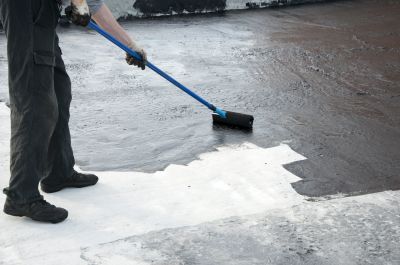
Application during spring takes advantage of moderate weather conditions, ensuring effective sealing.
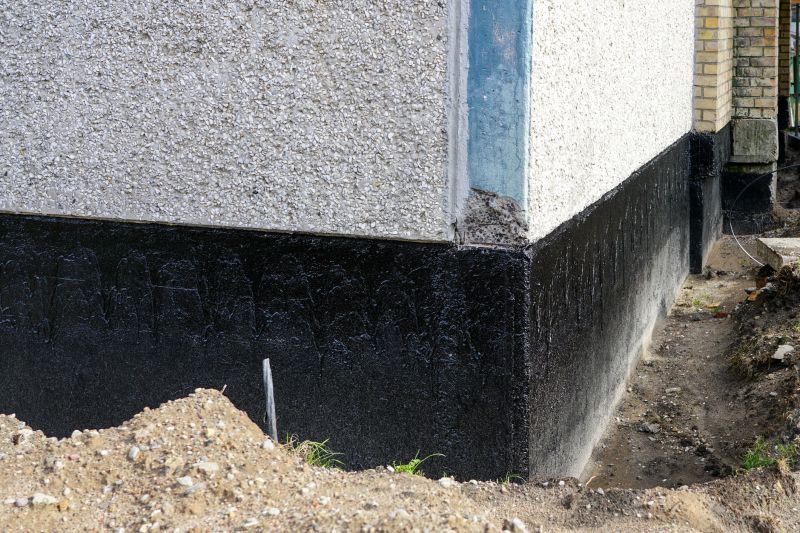
Dry seasons provide optimal conditions for waterproofing, reducing risks of water exposure during curing.

Applying waterproofing before winter helps prevent water infiltration during snow and ice.
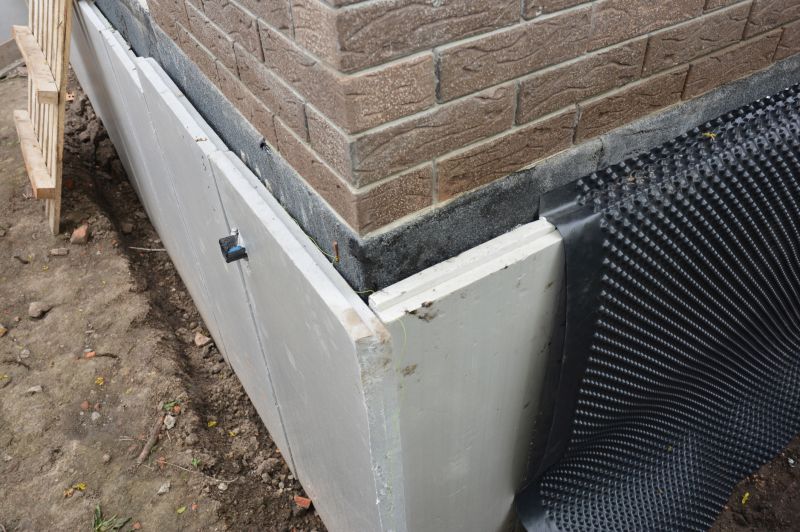
Timing after building completion ensures the structure is prepared for waterproofing layers.
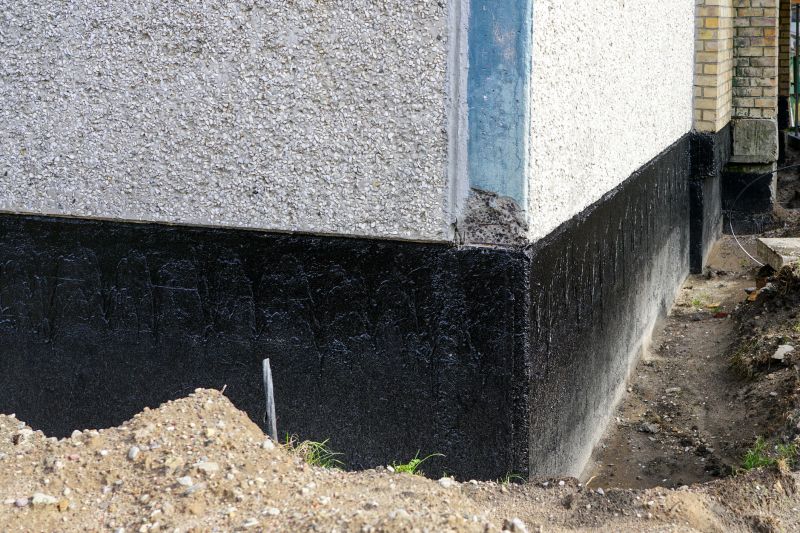
Applying waterproofing prior to landscaping shields foundations from soil moisture.

Selecting dry weather periods for application enhances membrane adhesion and durability.
| Season | Optimal Conditions |
|---|---|
| Spring | Moderate temperatures and low humidity |
| Summer | Early summer with dry spells |
| Fall | Before cold weather and heavy rains |
| Winter | Not recommended due to freezing temperatures |
| Post-Construction | After structural work is complete |
| Pre-Landscaping | Before soil and landscaping work begins |
Waterproofings are essential for maintaining the integrity of foundations, roofs, basements, and other structural elements. They act as barriers to water ingress, preventing damage caused by moisture penetration. Proper timing and application conditions are vital to maximize the lifespan and effectiveness of waterproofing systems. Advances in waterproofing technology include flexible membranes, liquid coatings, and spray-applied systems, offering tailored solutions for different structures and environments.
Statistics indicate that a well-timed waterproofing application can extend the lifespan of a structure by decades, reducing maintenance costs and preventing water-related damages. In regions with seasonal weather variations, scheduling waterproofing projects during dry periods minimizes risks of water exposure during curing, ensuring optimal performance. Regular inspections and timely reapplications further enhance waterproofing effectiveness over time.
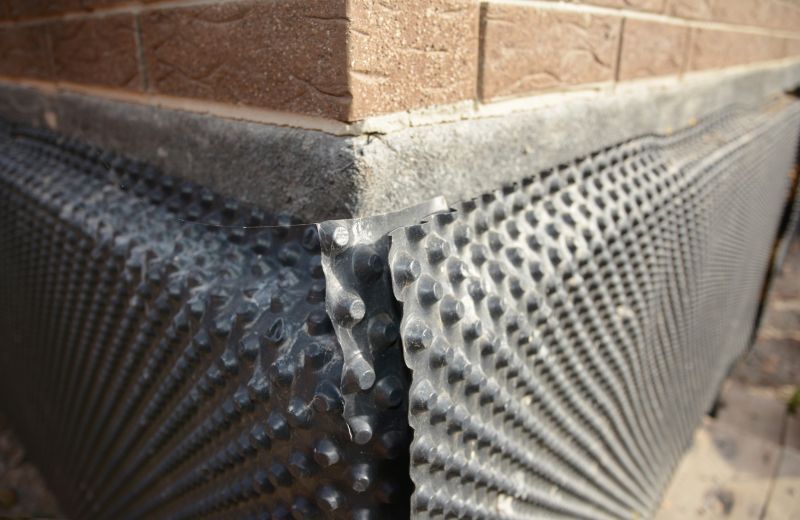
Applying membranes during dry weather ensures proper adhesion and durability.
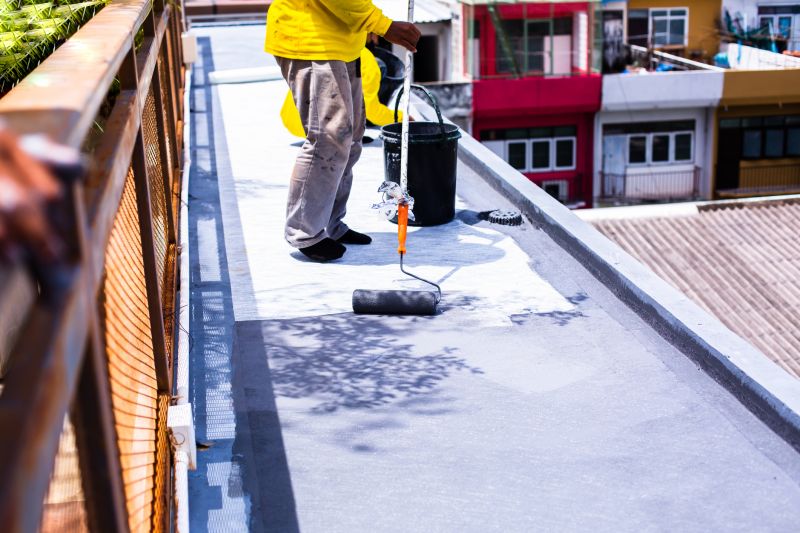
Liquid waterproofing coatings work best in warm, dry conditions for optimal curing.
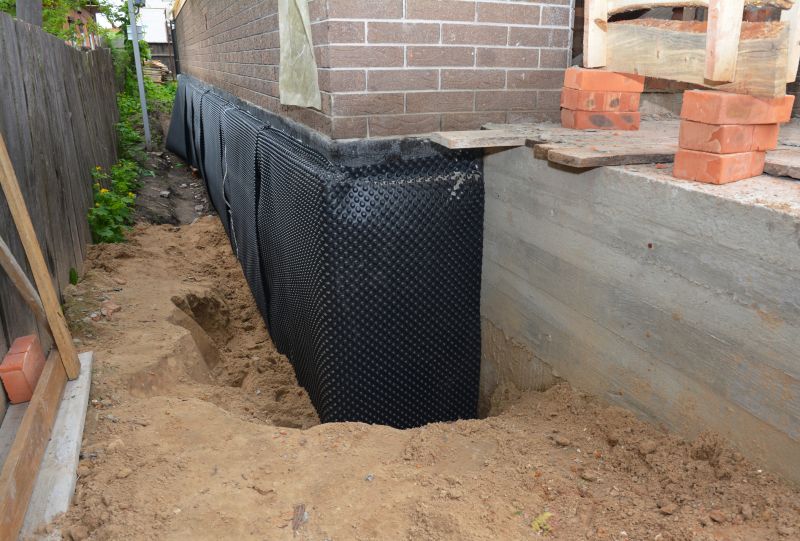
Timing before winter prevents water infiltration during snow and freeze-thaw cycles.
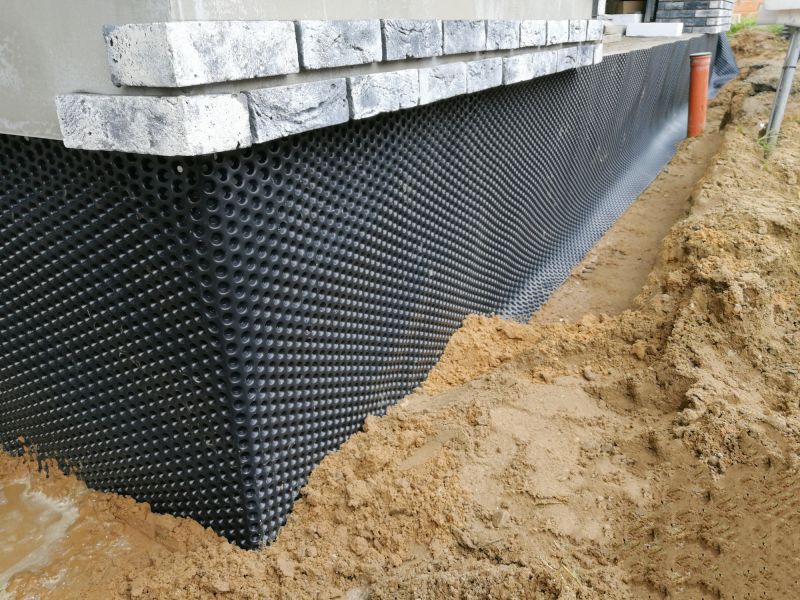
Spring application allows for effective sealing before summer rains.
Interested parties are encouraged to contact for further information or to schedule waterproofing services. Proper timing and application techniques are crucial for ensuring long-lasting protection against water damage, especially in climates with significant seasonal changes. Professional assessment and planning can optimize waterproofing outcomes tailored to specific structural needs.



